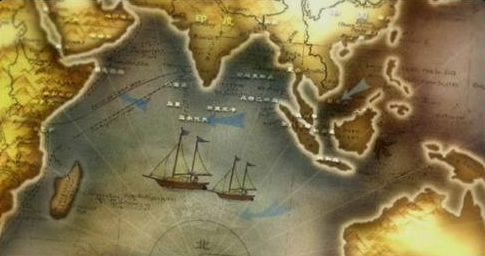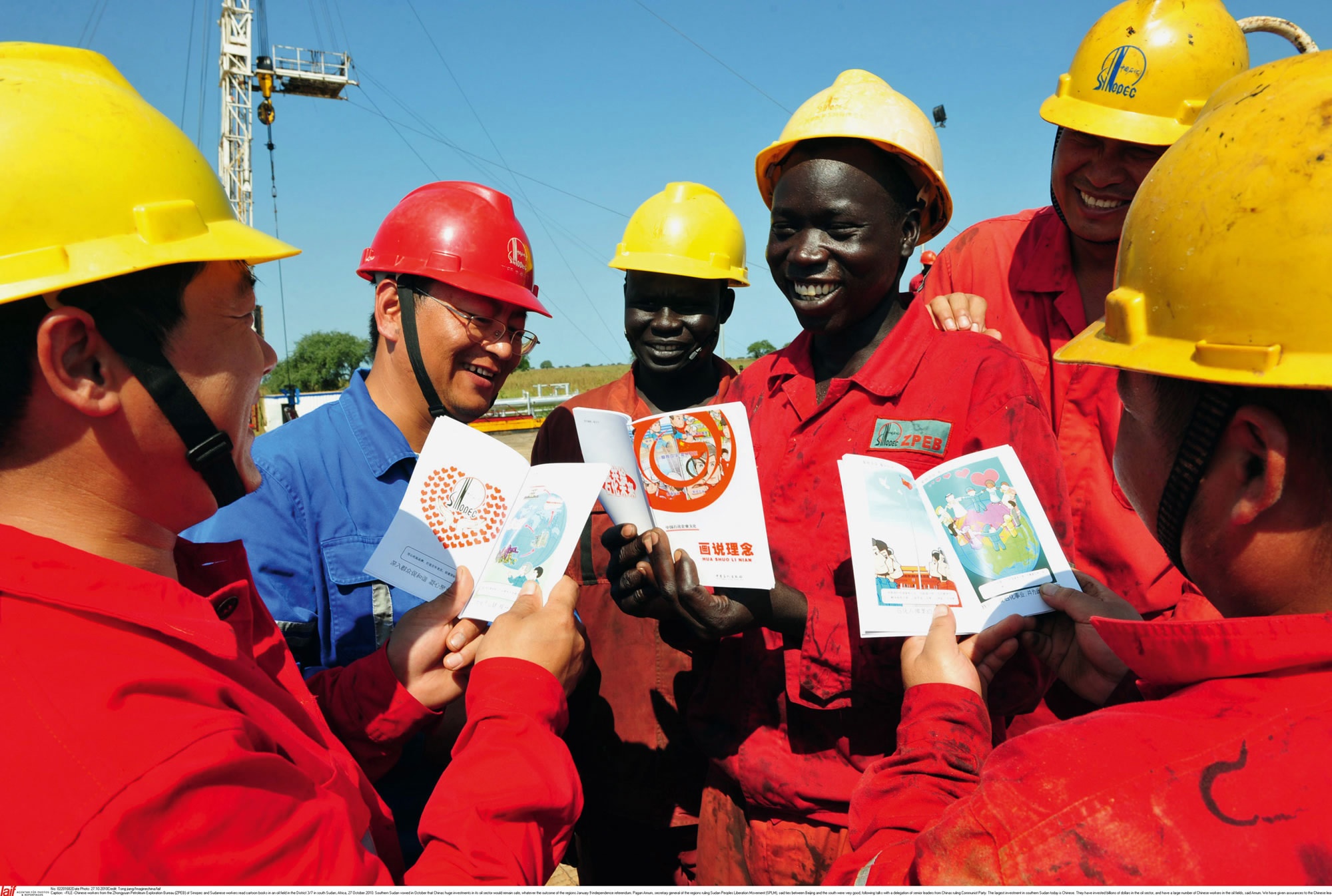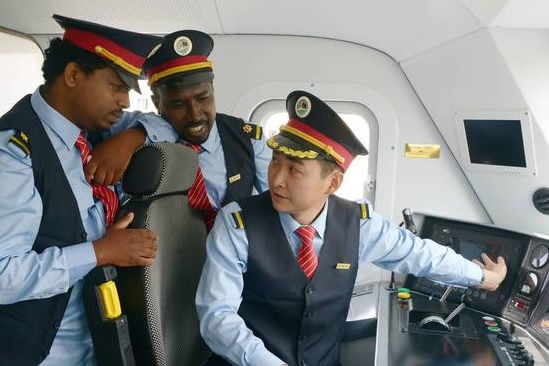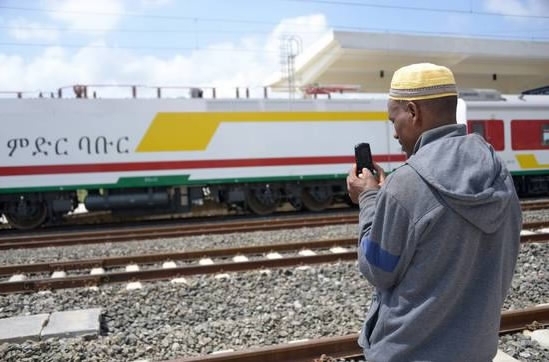
Politics
20:17, 15-May-2017
Yesterday once more: CGTN Africa’s Beatrice Marshall on BRF

Chinese investment and trading in Africa has sometimes been interpreted as an exportation of excess industrial capacity, but CGTN Africa’s Beatrice Marshall explains that the basis for these trading networks began over 600 years ago: Today’s Belt and Road Initiative is “completing the circle of life” in Africa.

Marshall at African Speakers Artists activity. /ASA
Marshall at African Speakers Artists activity. /ASA
In 1414, a Chinese fleet heralded by the Muslim Grand Eunuch of the Three Treasures, Zheng He, sailed into the western Indian Ocean for the fourth time since his journey to the West began in 1405. The fleet landed at the East African coast off Mombasa, and an increase in importing Chinese wares, such as porcelain, to coastal East African towns soon followed.

Zheng He sailed into the western Indian Ocean. /Baidu
Zheng He sailed into the western Indian Ocean. /Baidu
By the early 14th century, porcelain from China was used in almost every important coastal settlement. Many years thereafter, Chinese traders plied their wares in Indian Ocean coastal towns, trading and building friendships, long before the arrival of colonial Europeans in Africa. And so from China to Mombasa and Africa’s Swahili Coast, Zheng He and the Treasure Fleet undertook a voyage of discovery that paved the way for the new road to discovery today.
More than 600 years later, the trading route from China through the Indian Ocean to the coastal city of Mombasa into Africa is being revived, re-connecting two great and ancient civilizations.

Chinese technician in Africa. /Baidu
Chinese technician in Africa. /Baidu
China has recognized that the lack of infrastructure in Africa is a major obstacle to the continent’s development. So, over the last 10 years, China has become the largest single source of infrastructure financing in Africa, building thousands of kilometers of road and rail, constructing sea ports and airports, funding energy projects and opening up aviation links with direct flights between African capitals and Chinese cities.
In 2015, China announced its intention to connect every African capital by road, rail and air transportation. A five-year action plan on this substantive project was signed between the African Union and China, bringing Africa’s dream of regional integration and connectivity, and enhanced intra-Africa trade, even closer.

Chinese technician in Africa. /Baidu
Chinese technician in Africa. /Baidu
Today, major projects financed and built by China can be seen across Africa. They include the 1,400 km railway along the coast of Nigeria, the Lamu Port-South Sudan-Ethiopia transport corridor, the Ethiopia-Djibouti railway, Addis Ababa’s light city rail, the Tanzania-Zambia railway, and the Benguela railway in Angola, to name a few among countless roads, airports and green energy projects dotting the African landscape.

Baidu
Baidu
All are a seamless part of the regional and global connectivity of China’s Belt and Road Initiative. Upon completion, these projects will help address the chronic lack of internal trade on the continent and increase Africa’s share of global trade, and thereby, completing the circle of life that began over 600 years ago.

SITEMAP
Copyright © 2018 CGTN. Beijing ICP prepared NO.16065310-3
Copyright © 2018 CGTN. Beijing ICP prepared NO.16065310-3